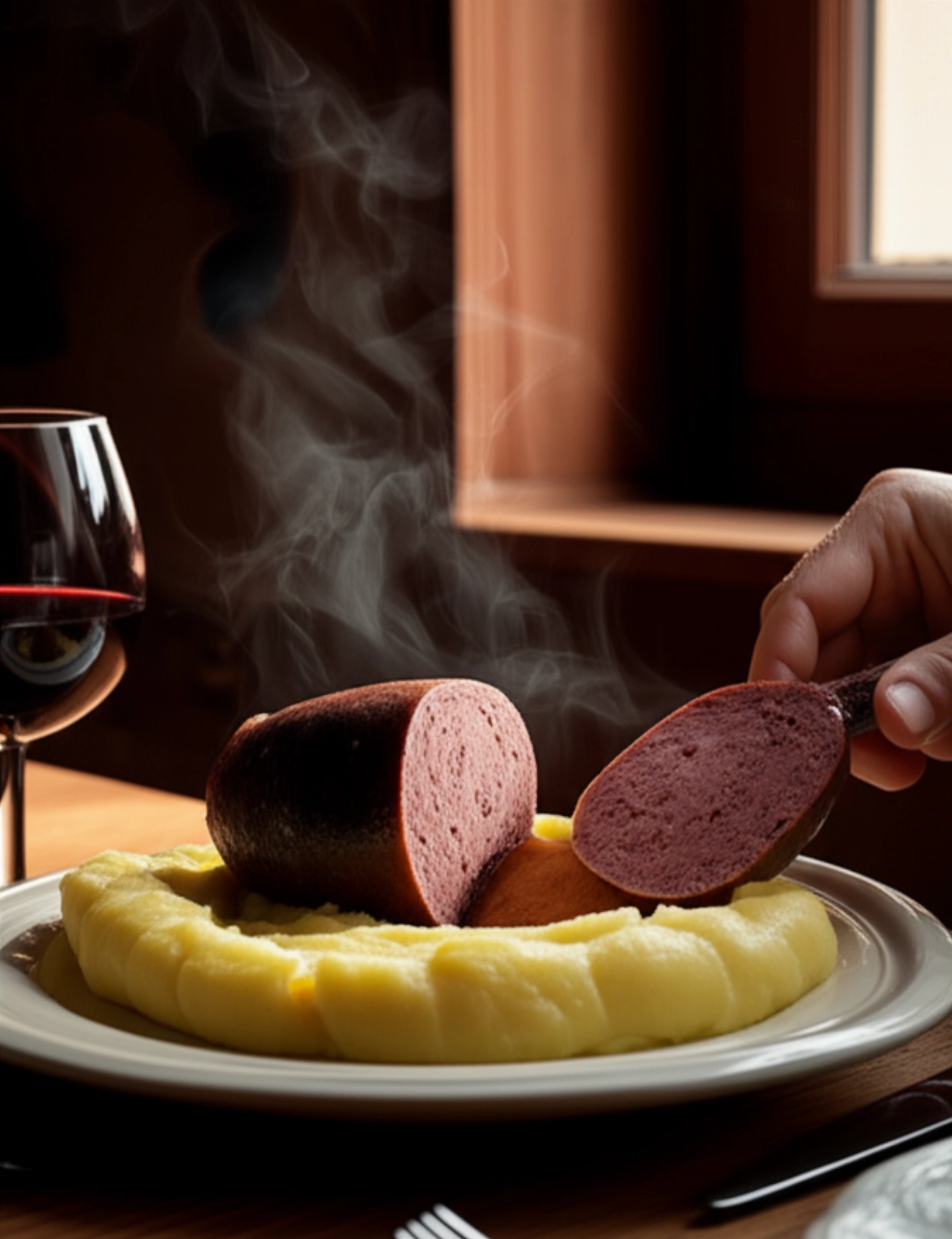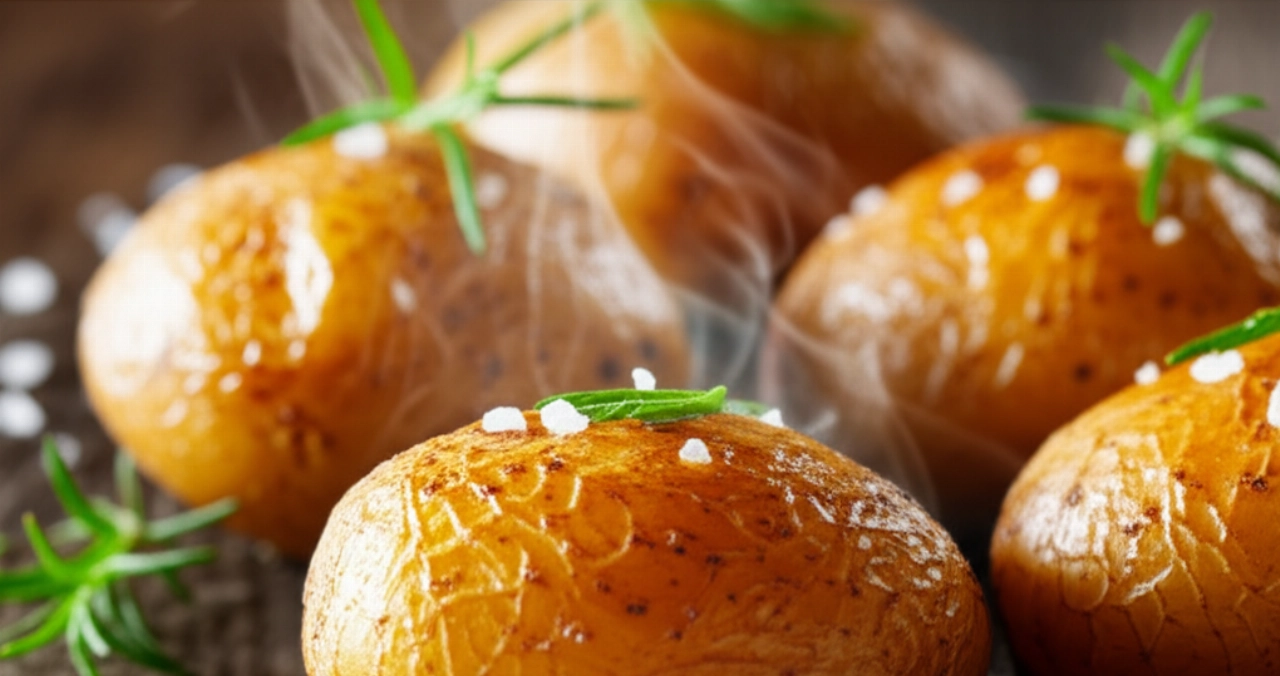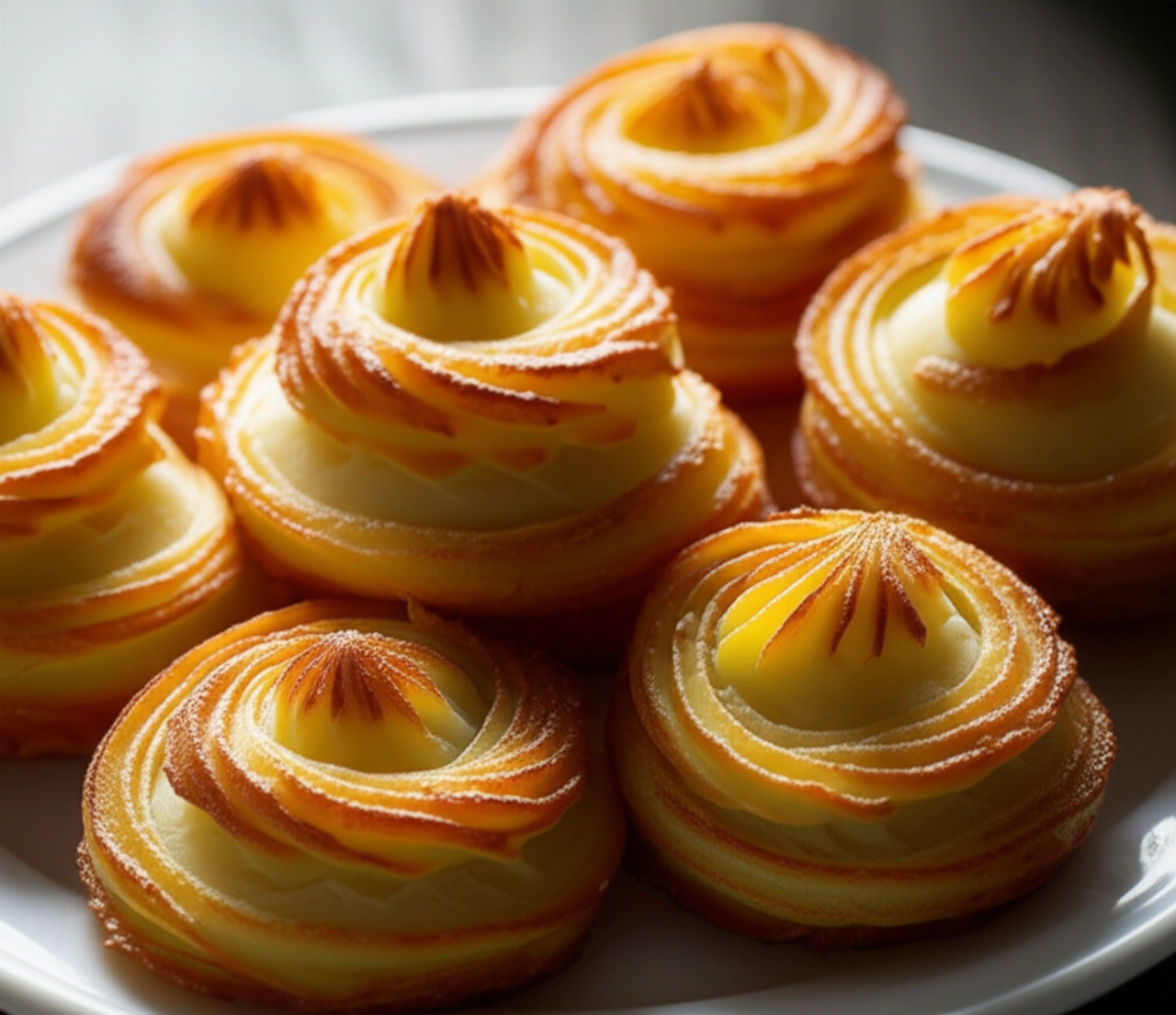Have you ever dreamed of bringing to the table a dish that is a true hymn to Ferrarese tradition, a flavor so deep and enveloping it makes you feel right at home? Salama da Sugo is one of those treasures of our Italian cuisine, a unique cured sausage, rich in history and with an unmistakable taste.
But let's face it, cooking it can seem like a challenge. There's the fear of ruining its unique flavor, of not cooking it to perfection, or of not serving it at its best, losing that magic that only a well-made traditional dish can offer. How many times have you thought: "Will this be grandma's real recipe or just another version that will make me waste time and ingredients?"
Make yourself comfortable, because your search ends here. On this page, you won't just find a list of ingredients, but the definitive guide, full of tricks and tips, to prepare and enjoy Salama da Sugo to perfection. I guarantee a result that will make you feel like a true home chef, a dish that will receive applause and requests for encores. Success is guaranteed!

Salama da Sugo: Authenticity and Perfect Cooking, Guaranteed!
Our strategic angle, the promise I make to you, is precisely this: I will guide you step by step to cook Salama da Sugo to perfection, enhancing its unique flavor and serving it as Ferrarese tradition dictates, without the risk of ruining it. No more uncertainties, with me by your side, you will bring a masterpiece of taste and tradition to your table.

Ferrarese Salama da Sugo: Essential Ingredients for a Masterpiece
For such an iconic dish, the quality of the ingredients is fundamental. It's not just a list, but conscious choices that will make the difference between a good dish and an unforgettable one.
- Salama da Sugo: Always choose a high-quality Salama da Sugo, preferably IGP (Protected Geographical Indication) if you can find it. It's a cured sausage made from coarsely ground pork, with spices and red wine, aged. Its origin and careful preparation are the first secret to an excellent result.
- Potatoes: For the mashed potatoes, opt for yellow-fleshed, floury potatoes, such as Agata or Bintje. They are perfect for absorbing the seasoning and giving the mash a velvety texture.
- Whole Milk: Essential for the creaminess of the mashed potatoes. Whole milk adds richness and softness; do not use skimmed milk, you won't get the same result!
- High-Quality Butter: A touch of butter, preferably from a mountain dairy, enhances the flavor of the potatoes and makes the mashed potatoes even more delicious.
- Parmigiano Reggiano PDO: Not just any cheese. Freshly grated Parmigiano Reggiano adds savoriness and an unmistakable aroma to the mashed potatoes, balancing the richness of the Salama.
- Salt and Black Pepper: Always present, but to be dosed carefully. Salt for the potatoes, pepper for a touch of vibrancy.

Common Mistakes in Cooking Salama da Sugo (and How to Avoid Them)
Salama da Sugo is a generous dish, but it requires attention. Here are the mistakes to avoid to ensure success:
- Piercing the Skin: Never, and I mean never, pierce the skin of the Salama before cooking! It's a very serious mistake. The skin serves to contain all the precious juices and flavors of the sausage. If you pierce it, you will lose much of its taste and tenderness.
- Cooking Too Fast or on High Heat: Salama da Sugo is a hymn to patience. It should not be cooked in a hurry. Cooking too quickly or on high heat would make it tough and dry on the outside, and would not allow the flavors to blend perfectly inside. It must simmer gently.
- Not Using a Net or Cloth: It seems like a detail, but it's crucial. Cooking the Salama wrapped in a net or a clean cotton cloth (like a kitchen gauze) prevents it from breaking during the long boiling and makes it easier to handle once cooked.
- Serving it Without the Right Accompaniment: Salama da Sugo was born to be accompanied by mashed potatoes. Serving it alone or with a different side dish, however good, does not do it justice. The creamy mashed potatoes are its perfect embrace, balancing its savoriness and enhancing its succulence.
Grandma's Secret for an Infallible Salama da Sugo
My grandmother, a true guardian of Ferrarese flavors, always told me: "Salama is not cooked, it's pampered." And her biggest secret was precisely this: very slow cooking in a bain-marie. She never put it directly into boiling water, but placed it in a smaller pot, which in turn was immersed in a larger pot full of water. This system allows for incredibly gentle and uniform cooking, avoiding temperature shocks that could ruin the sausage. It's a method that takes time, yes, but the result is a Salama that melts in your mouth, a true masterpiece of tenderness and flavor.
Another little trick? Let it rest in its cooking broth for at least 15-20 minutes after turning off the heat. This allows the juices to redistribute, making it even juicier and more flavorful when sliced.
Let's Prepare Salama da Sugo Together: The Step-by-Step Guide
Here is the recipe that will guide you, without fear, towards success. Get ready for an aroma that will fill your kitchen and a flavor that will conquer everyone.
Ingredients:
- 1 Salama da Sugo (approx. 1 kg - 1.2 kg)
- Water as needed for cooking
- 1 kg yellow-fleshed potatoes
- 150 ml whole milk (or more, depending on desired consistency)
- 50 g butter
- 50 g grated Parmigiano Reggiano
- Fine salt to taste
- Freshly ground black pepper to taste
Necessary Tools:
- A large pot (for the bain-marie)
- A smaller pot (for the Salama)
- A clean cotton cloth or a kitchen net
- Potato masher
- Whisk or wooden spoon
Method:
- Preparing the Salama: First, wrap your Salama da Sugo in a clean cotton cloth (like gauze or a light tea towel) or a kitchen net. This will protect it during the long cooking process and help you handle it.
- Bain-Marie Cooking: Take the smaller pot and place the wrapped Salama in it. Put this pot inside the larger pot. Fill the larger pot with water until it covers about 3/4 of the height of the inner pot. The water must never come into direct contact with the Salama.
- Starting the Cooking: Bring the water in the outer pot to a boil, then lower the heat to a minimum, so that the water simmers gently. The Salama must cook over very low heat, almost infusing.
- Cooking Times: Cooking Salama da Sugo is a long process, but it's the secret to its tenderness. Let it cook for at least 4-5 hours. Some prefer to extend it up to 6-8 hours for extreme tenderness. The water in the outer pot must always be at the right level, so check and add hot water if necessary.
- Resting: Once the heat is off, leave the Salama in its inner pot, immersed in the hot water of the outer pot, for at least 15-20 minutes. This step is crucial for the juices to redistribute and the meat to remain juicy.
- Preparing the Mashed Potatoes: While the Salama rests, dedicate yourself to the mashed potatoes. Wash the potatoes and boil them with their skins in plenty of salted water until tender (about 30-40 minutes, depending on size).
- Mashing the Potatoes: Drain the potatoes, peel them while still hot, and immediately pass them through a potato masher. This is the best way to get lump-free mashed potatoes.
- Creaming the Mashed Potatoes: Transfer the mashed potatoes to a pot. Add the butter in pieces and the warm milk in a stream, stirring vigorously with a whisk or wooden spoon. Continue stirring until the butter has melted and the mashed potatoes have reached a smooth and velvety consistency.
- Finishing the Mashed Potatoes: Incorporate the grated Parmigiano Reggiano, a pinch of salt (always taste!), and a generous grind of black pepper. Mix well. If you prefer a more fluid mash, add a little more warm milk.
- Serving the Salama: Take the Salama out of the pot and gently remove the cloth or net. Place it on a cutting board. With a sharp knife, make a cross incision on the top of the Salama. Then, with a spoon, scoop out the soft and juicy pulp.
- Plating: Serve the Salama da Sugo hot, generously accompanied by creamy mashed potatoes. Every bite will be an explosion of flavors!
Tips and Frequently Asked Questions about Salama da Sugo
Here are some of the most common questions you might have, with answers from your trusted chef friend:
Can I cook it in a pressure cooker?
Technically yes, but I strongly advise against it. A pressure cooker reduces cooking times, but it doesn't allow for that slow and gradual fusion of flavors that makes Salama da Sugo so special. The risk is having a less tender and less aromatic product. Patience is key for this dish!
How is Salama da Sugo served?
Traditionally, Salama da Sugo is served by opening the top with a cross cut and scooping out the pulp with a spoon, directly from its natural casing. It should always be accompanied by abundant mashed potatoes, which balance its savoriness and enhance its creaminess. It's a dish to be enjoyed hot, perhaps with a good glass of Lambrusco.
Can I freeze cooked Salama da Sugo?
Yes, you can freeze cooked Salama da Sugo once it has cooled. I recommend portioning it first if you know you won't consume it all. Wrap it well in plastic wrap and then in aluminum foil. It keeps for about 2-3 months. To thaw it, leave it in the refrigerator overnight and then gently reheat it in a bain-marie or in a low-temperature oven.
What is the difference between Salama da Sugo and Cotechino?
Both are pork sausages, but the differences are substantial. Salama da Sugo is a specialty from Ferrara, has a spherical shape, a coarser and spicier mixture (often with red wine), and requires a much longer cooking time. Cotechino, typical of Modena and Reggio Emilia, has a more elongated shape, a finer mixture, and shorter cooking times. The flavor of Salama is more intense and complex.
How do I choose a good Salama da Sugo?
Always look for Salama da Sugo with the IGP (Protected Geographical Indication) mark if available, which guarantees its origin and quality. Trust butchers or producers who know the product well. The Salama should have a compact appearance and a characteristic, non-acidic aroma.
An Embrace of Flavor: Your Salama da Sugo is Ready!
There you have it! Now you don't just have a recipe, but all the secrets to bring to the table a dish that tastes of home, tradition, and love. Salama da Sugo is not just food; it's an experience, a story of ancient flavors that renew with every bite.
Don't be afraid to experiment. Cooking is an act of creativity, and with this solid foundation, you'll see that applause will not be lacking. Every time you prepare it, you'll feel the connection to our rich culinary tradition.
Have you tried our recipe? We're very curious to see your masterpiece! Leave a comment below, tell us how it went, or share a photo on Instagram by tagging @CercaRicette.it. If you loved this journey into Ferrarese flavors, you can't miss our recipe for Cappelletti in Brodo or Lasagne alla Bolognese, other pillars of Emilian cuisine that await you!





